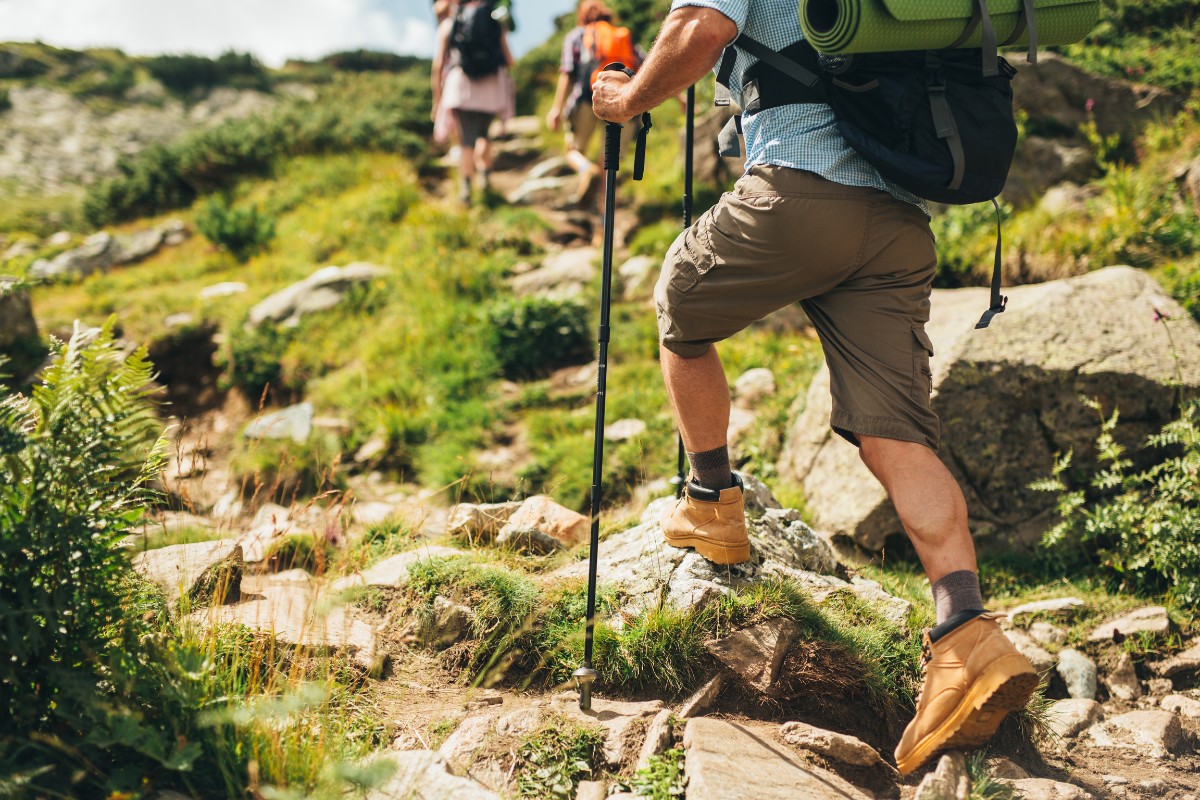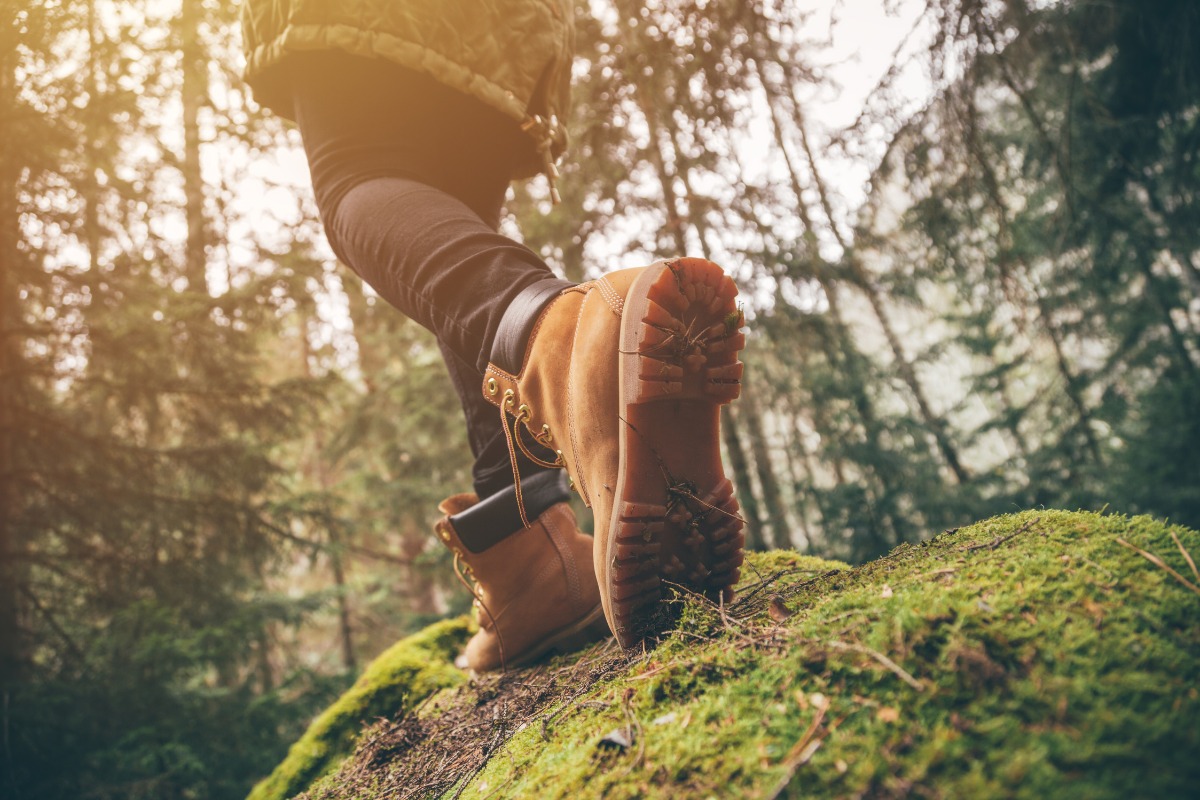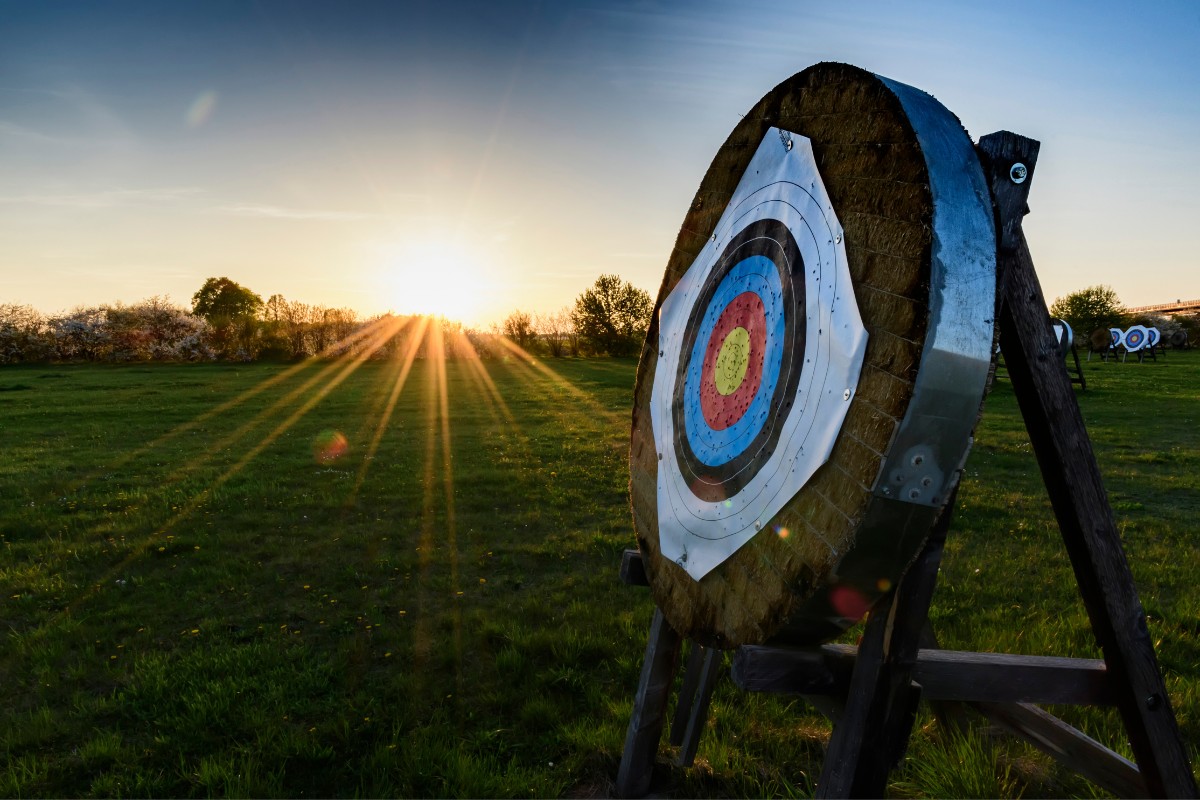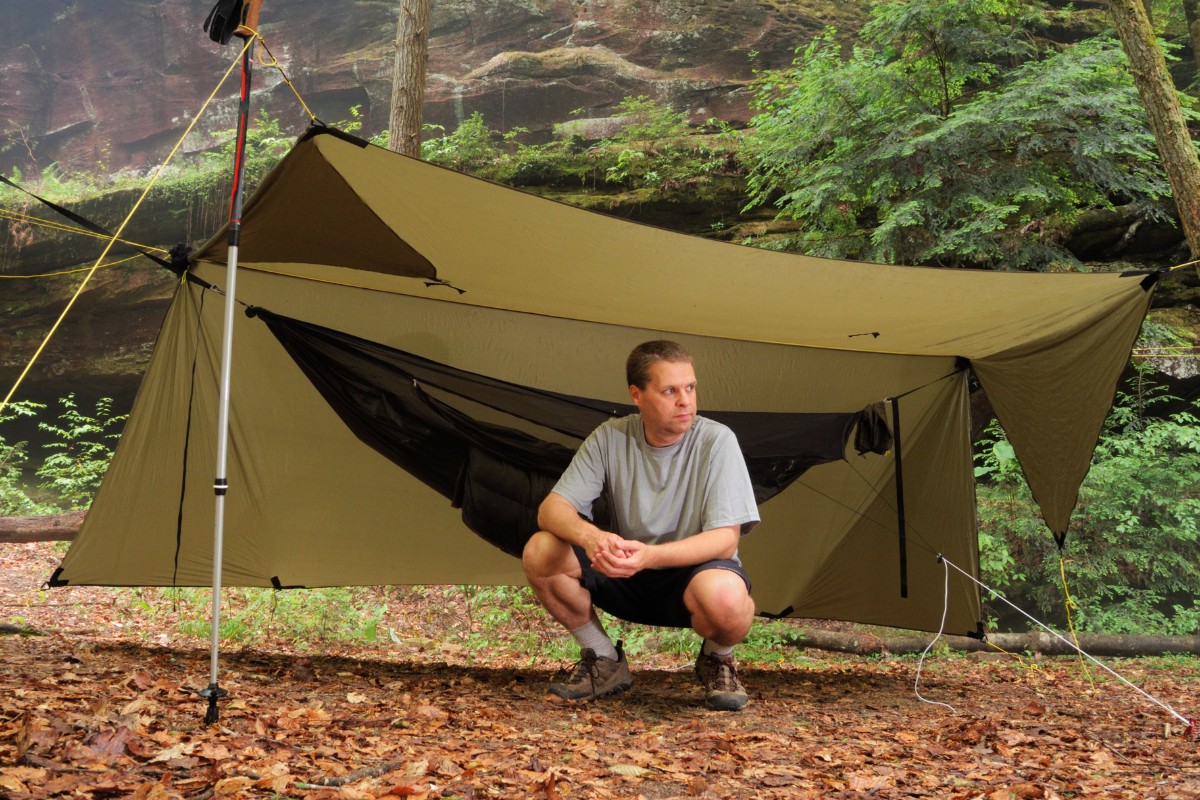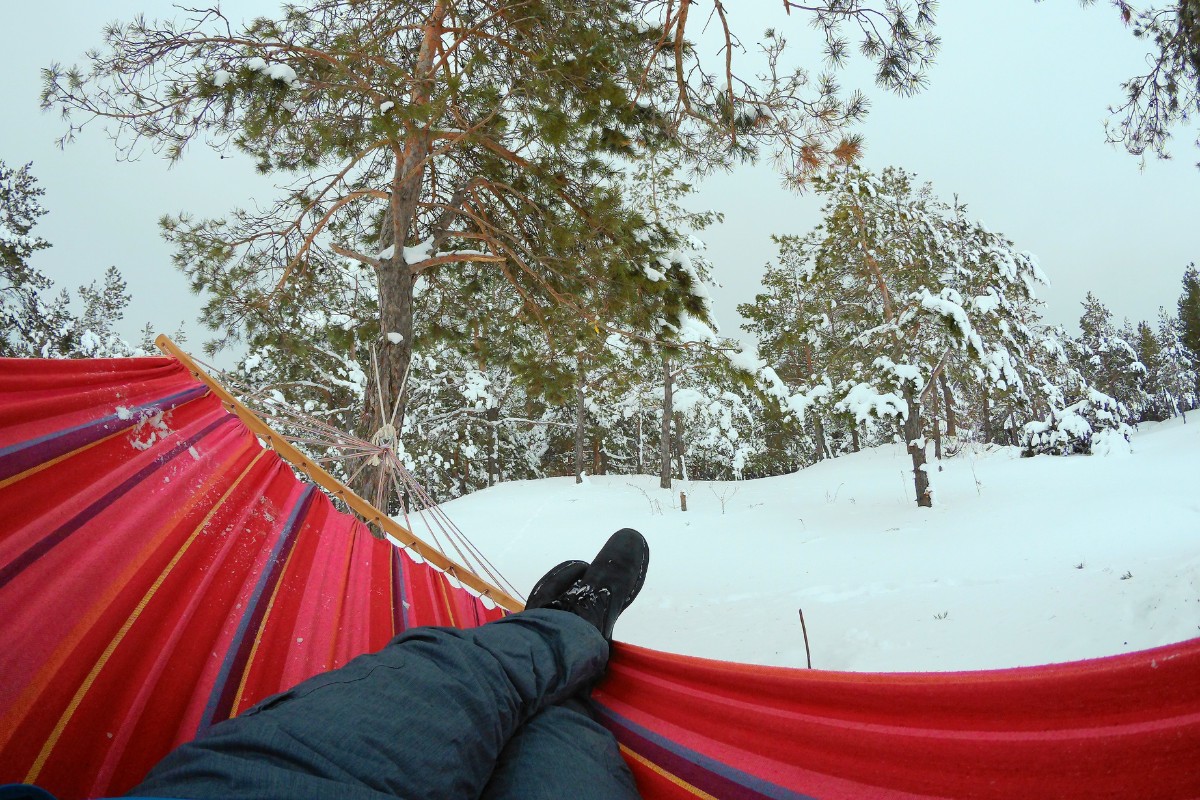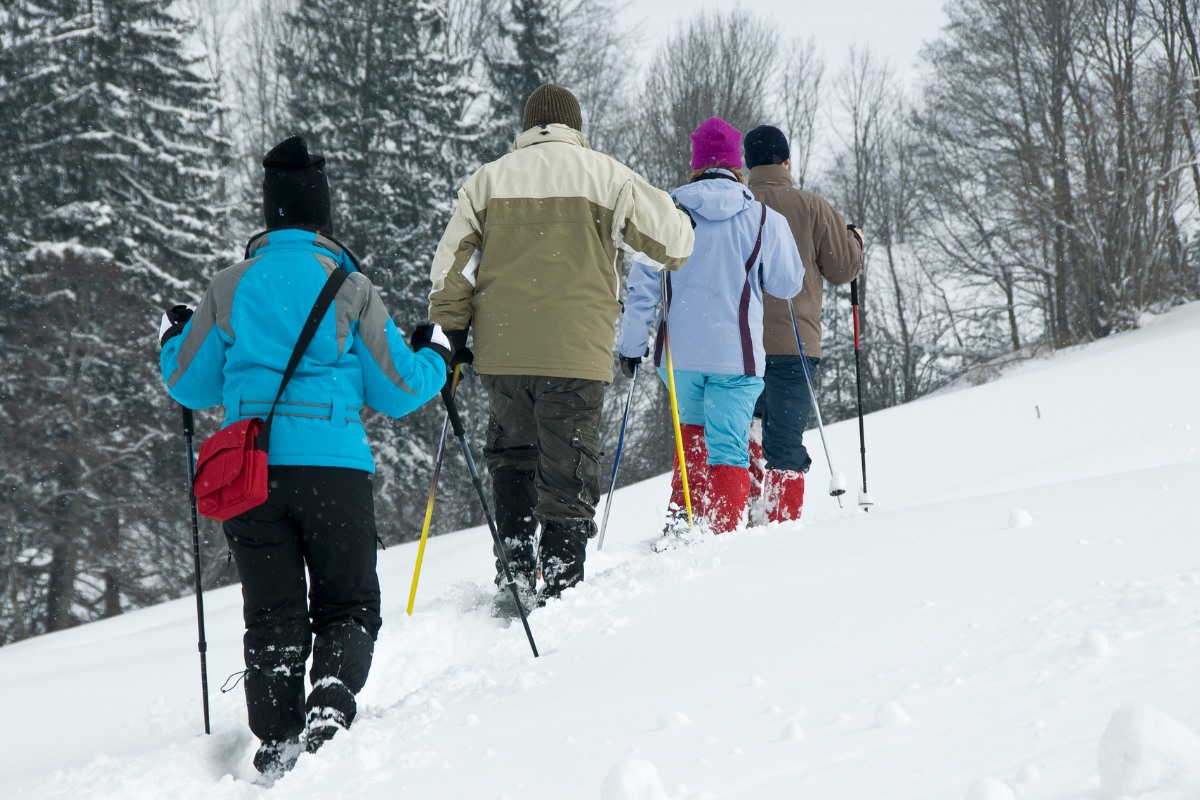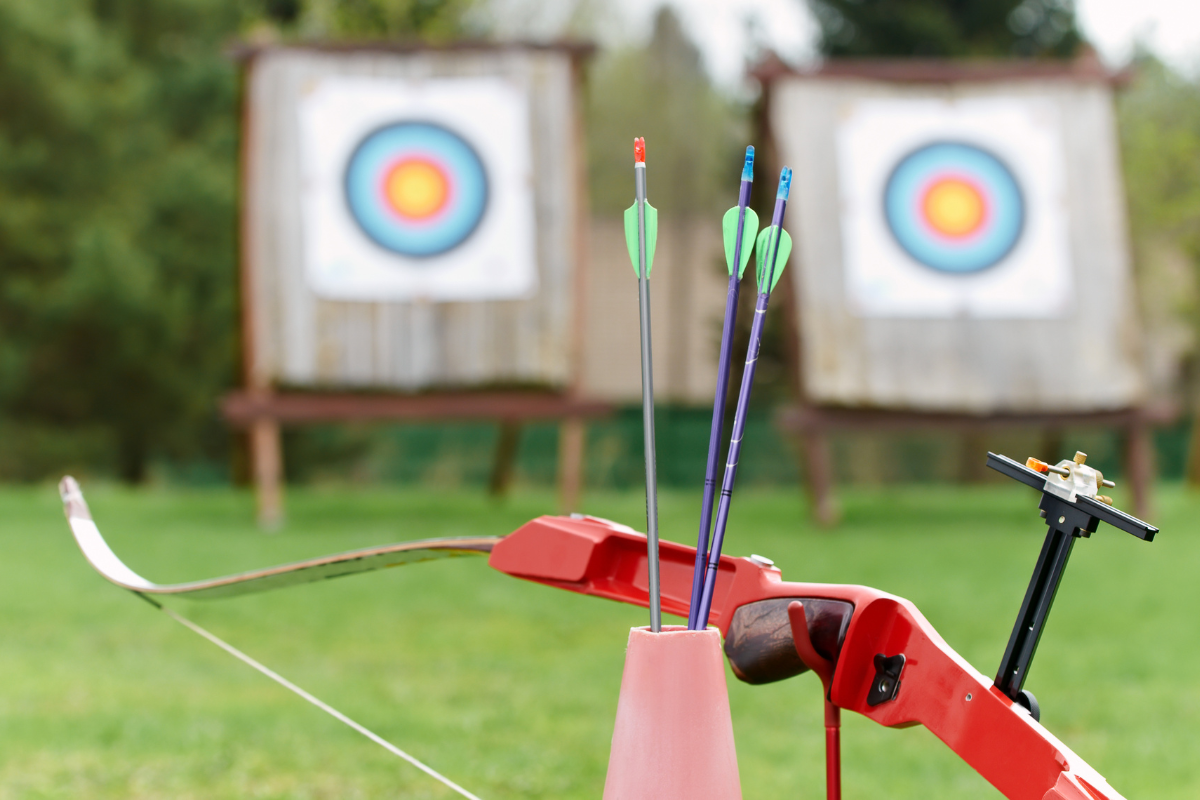Nothing ruins a day hike quicker than leaving behind an essential item—or lugging around something unnecessary. Online checklists for short hikes will often include expensive, fancy hiking gear. Don’t be misled! All the essentials you need for your perfect hike are probably already in your home.
Just remember that you will have to carry everything you pack, so bringing the essentials is just as important as not bringing the non-essentials.
Get your backpack ready; here is our expert’s list of the do’s and don’ts for what to bring on a day hike.
You Should Bring
Water
With all the sweating you’ll be doing on your trek, hydration is vital. Water is just as important in a hot, dry climate as it is in a humid, damp forest. A water filter or purification tablets can be useful too, but they’re not necessary if you leave the house with a massive water bottle.
Just remember, water is usually the heaviest item in your bag, so try to buy a light water bottle; that way, you don’t add even more weight.
Insect Repellent
Before leaving for your hike, spray some bug repellent around your ankles, near your armpits, and other areas with high body heat that might attract bugs. This can prevent ticks that carry Lyme disease or mosquito-borne illnesses.
If you don’t like heavy-duty insect repellent, there are gentler and DEET-free options available as well.
Sunscreen
A hat can also be effective in blocking out the sun’s rays, and it helps you see the trail and the sights without the sun in your eyes. Sunscreen is also essential; even if you’re headed to a more wooded area, ultraviolet rays can still sneak through.
Use a sport sunscreen so that you don’t sweat it off as the day goes on. Remember, no tan is worth skin cancer.
An Extra Layer
The weather can change in an instant. Even if you’re only planning to be outside for a short hike, accidentally staying past sundown is always a possibility.
Aside from being extremely unpleasant, getting stuck in the cold or rain is dangerous, and it can leave you disoriented at best and sick at worst.
Try to find a light jacket, like a windbreaker or something that won’t double the weight of your bag. This, of course, depends on the climate or where you’re hiking, so use your common sense. In some places, a heavy winter jacket and gloves are necessary, but in other places, they’ll just be dead weight once the blood starts flowing and you take them off.
Snacks That Travel Well
Don’t pack a Tupperware container that will spill last week’s stir fry all over your bag. Pack some high-energy and protein-rich foods like granola bars, nuts, apples, oranges, or sandwiches. These snacks will give you the power you need to finish the hike.
Trust us, those healthy snacks will taste incredible after you’ve been walking up an incline for a few hours.
A Map or Guidebook
As modern people, we often rely on our phones for up-to-date maps and location tracking. But keep in mind, most trails don’t have cell service, and often if they do, it’s too spotty to track your location.
Bring a map that you know how to read, and a compass as well. If you’re currently traveling, a guidebook can also be helpful for finding trailheads and navigating unfamiliar roads.
It might be a good idea to bring your navigation tools along with you on your trek because even if you study the hike beforehand, you’ll often notice that nature likes to switch up the trails every once in a while.
A Simple First Aid Kit
Hopefully, you won’t need to break it out, but it’s never a bad idea to bring the first aid kit essentials.
This includes gauze, antibacterial ointment or a disinfectant, Band-Aids for covering blisters, tweezers for removing splinters, and ibuprofen or other pain relief medication.
If it’s a hike for a few hours, there’s a chance you’ll get some blisters, and if those really bother you, then at least bring some Band-Aids, or maybe even some moleskin, which is made specifically for hikers and it works like a charm.
Extra items that might be useful include antihistamine for allergic reactions to the pollen, anti-sting ointment for bug bites, and sterile alcohol wipes or Purell for disinfecting your hands before you eat.
Some Toilet Paper
If you’re getting ready to spend the whole day outside, there’s a high chance that you’ll have to sneak off the trail for some privacy at some point. If you get a sick stomach, or even if you just get a runny nose, you’ll want to have the necessary tools.
If you aren’t comfortable with going “camp style,” it’s time to get comfortable, and some toilet paper will help with that.
Matches or a Lighter
There are so many things that a fire can help you with. It can keep bugs away, it can cook your hot dogs, it can boil your water to disinfect it, and it can keep you warm.
Luckily, matches and lighters are very light, so they’re quite easy to pack. Just be sure to review any campground or local rules about fires before starting one. In some places, they can be very hazardous and even start a forest fire.
If you do decide to start a bonfire, find some very dry and light sticks for kindling, then gradually add logs in a teepee formation. Then, before leaving, ensure that the fire is completely extinguished, and that there aren’t any stray hot coals hiding under the ashes.
Your Phone on Airplane Mode
As mentioned earlier, a lot of trails don’t offer cell service, and it’s probably better to not be distracted, considering how many beautiful and intricate things there are to see out in the wild.
If you do decide to bring your phone, don’t expect to use it for texting and calling. However, a phone comes with many other useful tools, often including a compass, a flashlight, and a camera.
If you decide to take your phone, put it on airplane mode. That way, it doesn’t run out its battery searching for service. Just don’t expect to rely on your cell as a map or emergency contact device.
You Should Not Bring
Too Much of Anything
Apply items like sunscreen and insect repellent right before you start on the trailhead, then leave them in the car.
Everything on our list is important, but too much of anything will weigh down your bag and leave you with some very sore shoulders at the end of the day.
Unhealthy Foods
Chips and soda are awesome, but they won’t give your body the energy it needs to power up a mountain.
Things like beer, popcorn, and candy can take up a lot of space in your bag. That means that as you carry them, they’re taking a lot of your energy, and not giving much in return.
Also, be careful about which protein bars you buy. Take a quick look at the nutrition facts. A lot of protein bars are just candy bars masquerading as a healthy choice. Go for an option that has very high fruit preserves and nuts.
Your Brand-New Hiking Boots
Maybe you just spent a fortune on some gorgeous hiking boots, and you’re excited to try them out on your first hike. But that’s a bad idea.
Even the best hiking boots are made from very durable materials, and they need to get accustomed to your feet. If not, it will be blister city, population: you.
Take a few days to break them in. Wear the boots around your house, or on short walks around the block. Give the shoes time to mold to your feet.
With just these simple items, you will go from being a day hike beginner to a day hike expert. There is no bad hike, just unprepared hikers.
